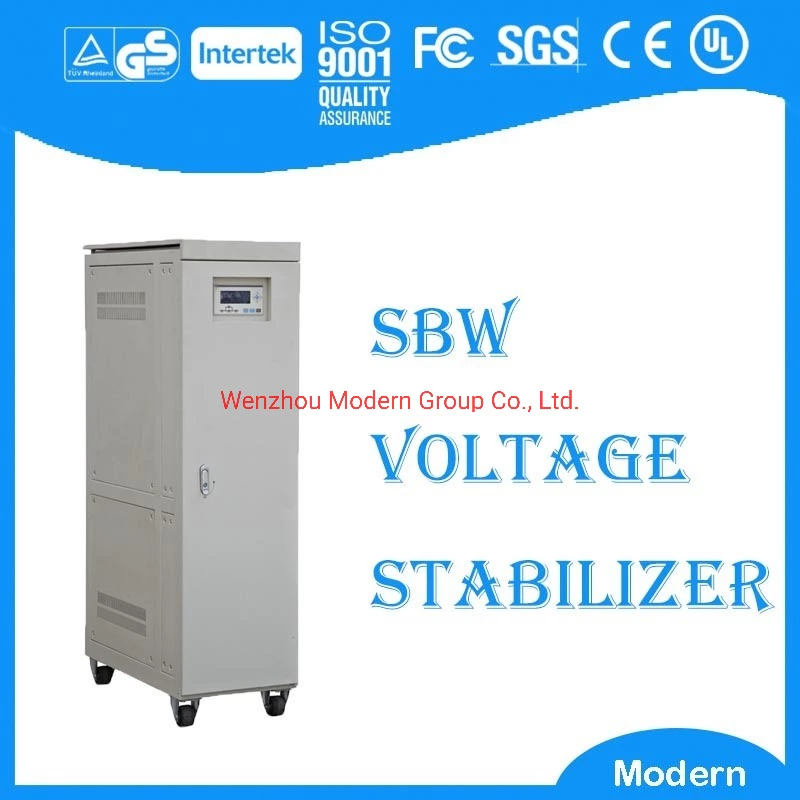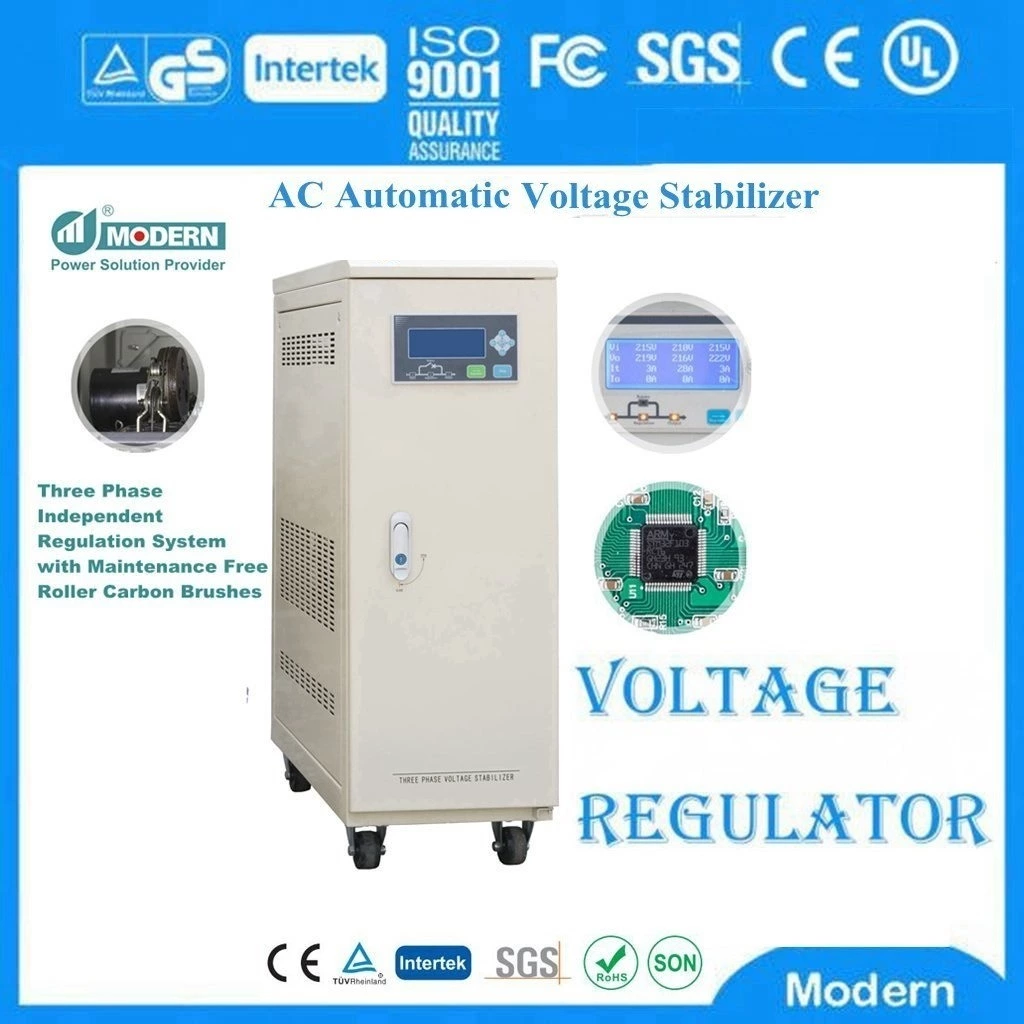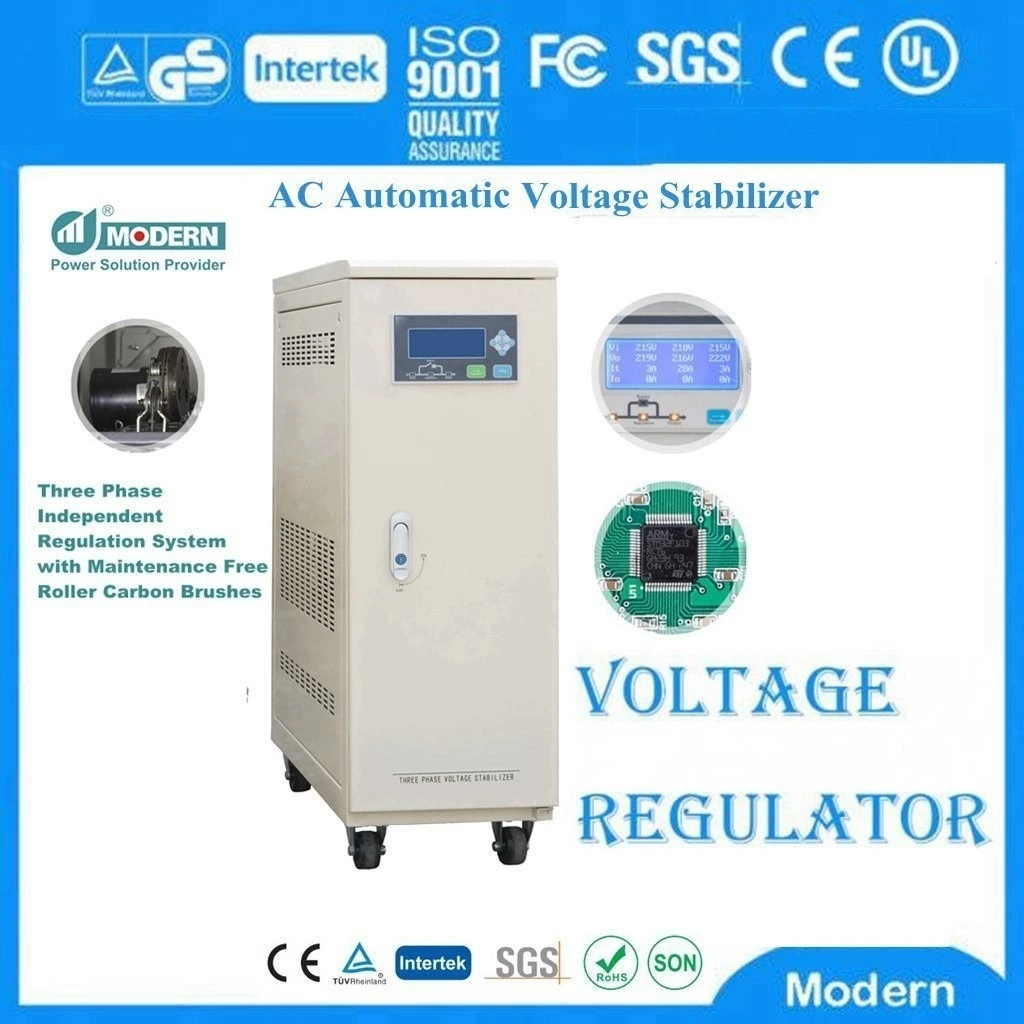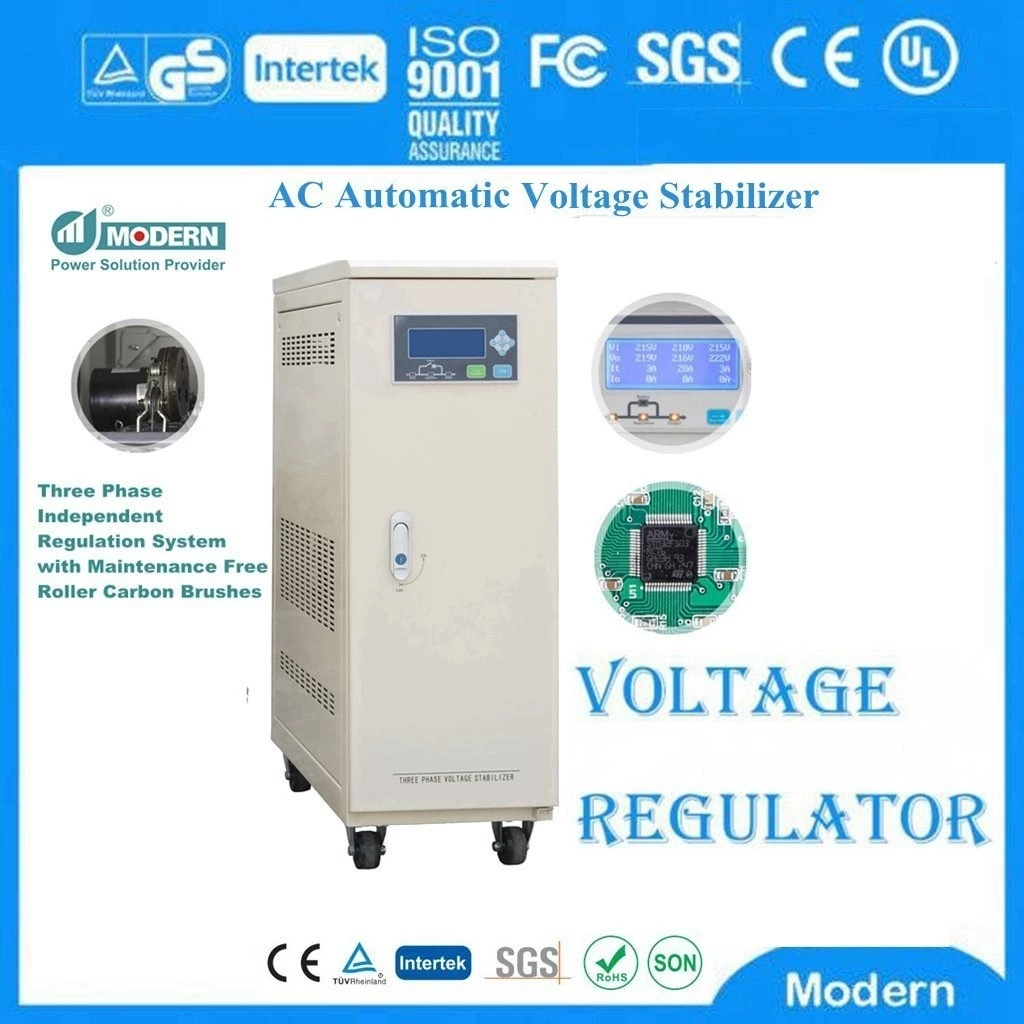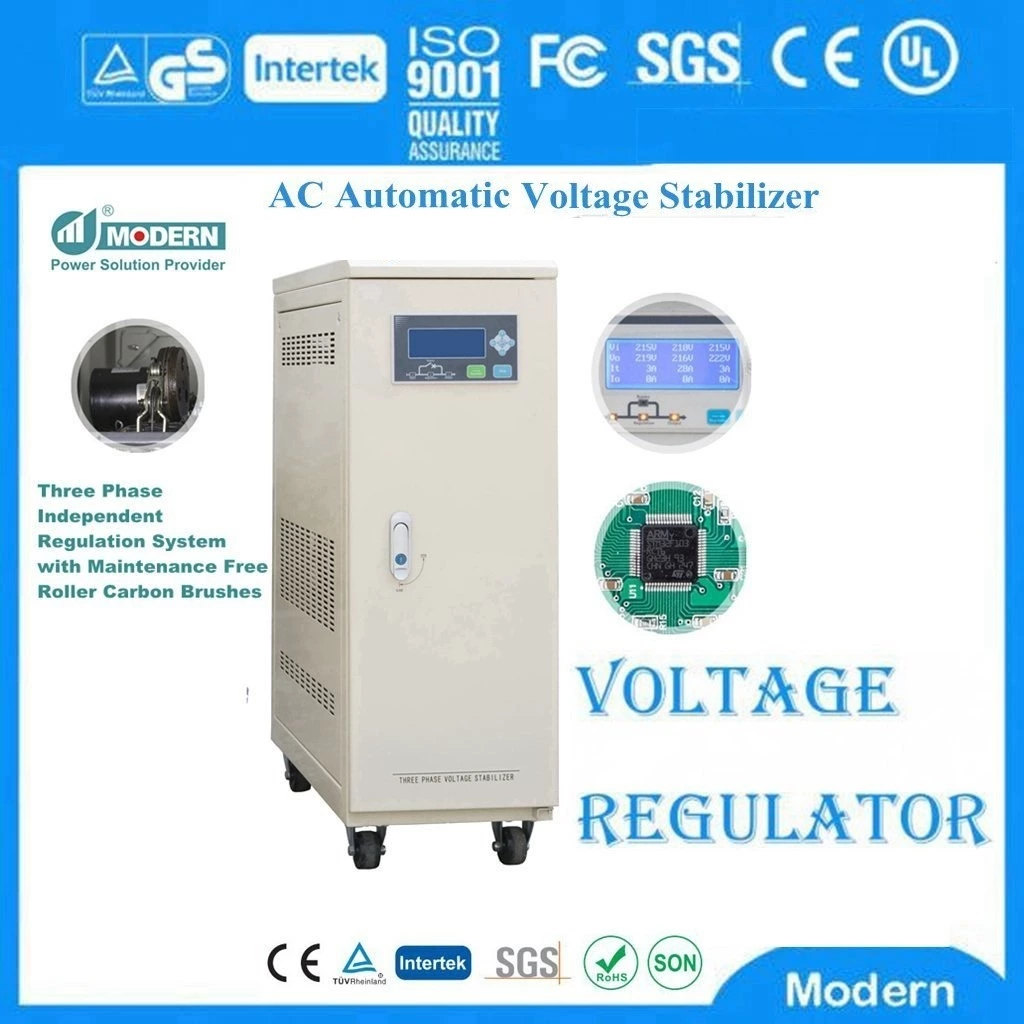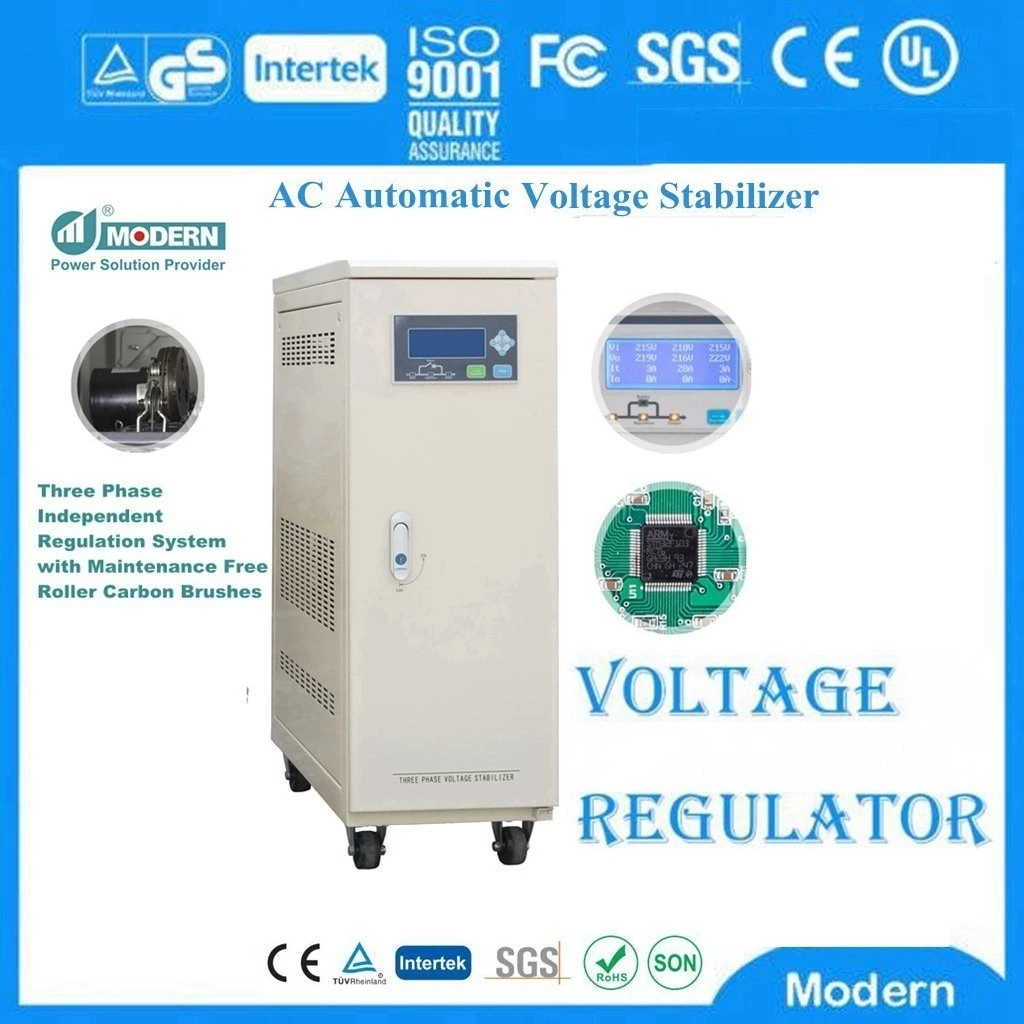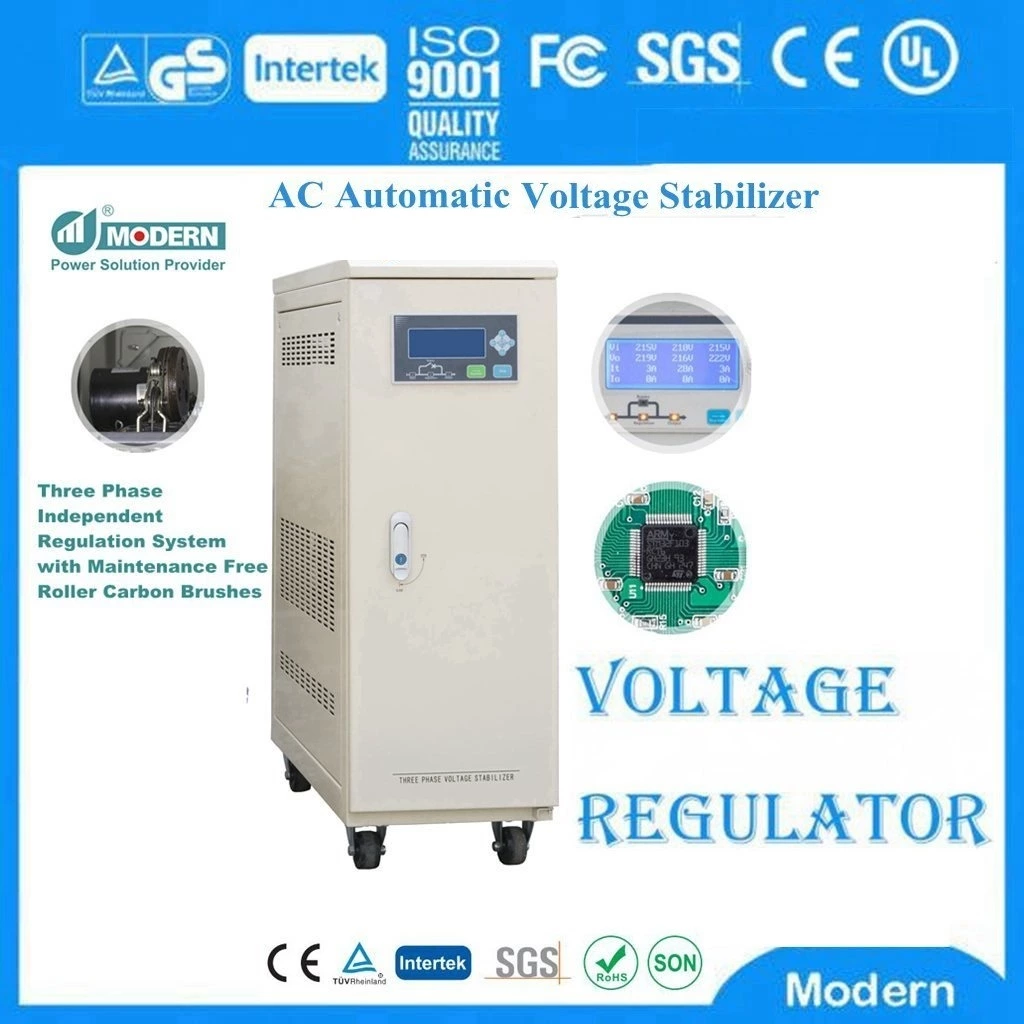Based On What Factors Can Customers Choose The Power Of Voltage Stabilizer?
Before buying a Wide Range Voltage Stabilizer for your device, first consider several factors. These factors include the wattage required for the device, the level of voltage fluctuations experienced in the installation area, the type of device, the type of voltage regulator, the operating range of the regulator (correct voltage at the input of the regulator), overvoltage/undervoltage cutoff, type of control circuit, type of installation, and other factors. Here, we have given the basic steps to consider before buying a voltage regulator for your application. How to Choose the Right Voltage Stabilizer?
Check the power rating of the device to be used with the voltage regulator by observing the nameplate details (here are samples: transformer nameplate, MCB nameplate, capacitor nameplate, etc.) or the product user manual.
Since the voltage regulator is rated in KVA (same as when the transformer is rated in KVA instead of KW), the power can also be calculated by simply multiplying the voltage of the appliance by the maximum rated current.
It is recommended to add a safety margin to the voltage regulator rating, usually 20-25%. This may be useful for future plans to add more devices at the output of the voltage regulator.
If the rated power of the device is in watts, the power factor is considered when calculating the KVA rating of the voltage stabilizer. On the contrary, if the stabilizer is in KW instead of KVA, the power factor is multiplied by the product of voltage and current.
The following is a real-time solved example of how to choose a voltage stabilizer with the right power for your appliance:
Assume that the rating of the device (air conditioner or refrigerator) is 1KVA. So the 20% safety margin is 200 watts. By adding these wattages to the actual power, we get 1200 VA wattage. So 1.2KVA or 1200 VA stabilizer is the minimum configuration power for the appliance. For household needs, 2000VA to 10KVA voltage stabilizers are preferred. For commercial and industrial applications, single-phase and three-phase high-power voltage stabilizers are used.
For special use places such as coal mines and tunnels, due to factors such as long lines and large voltage drops, please provide detailed information such as the wire length, wire load area, power supply transformer capacity, and maximum load current of the use place when ordering. Our company will propose a voltage stabilizer power configuration plan based on actual conditions. Otherwise, the voltage stabilizer will not achieve the expected voltage stabilization effect. Since the inductive load has a large instantaneous starting current, especially for equipment such as printing machines, elevators, and air compressors, a certain margin should be left when selecting a voltage stabilizer to avoid the impact current generated when the load is turned on causing immediate damage to the voltage stabilizer.
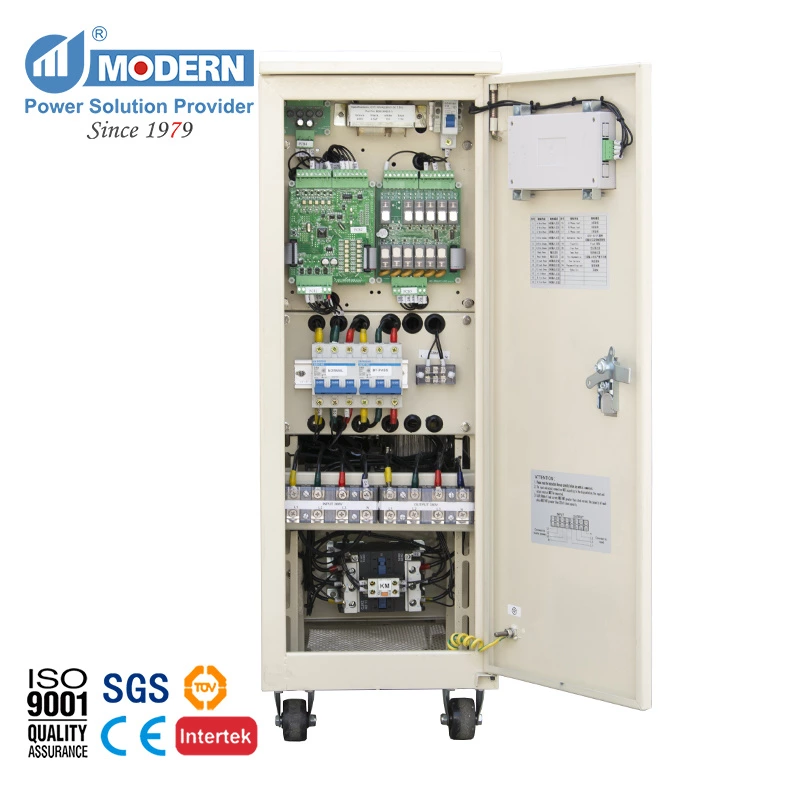
 Русский
Русский
 Français
Français
 Português
Português
 Español
Español
 اللغة العربية
اللغة العربية
